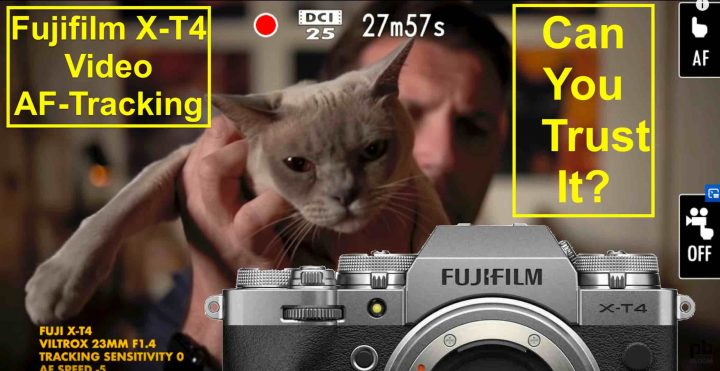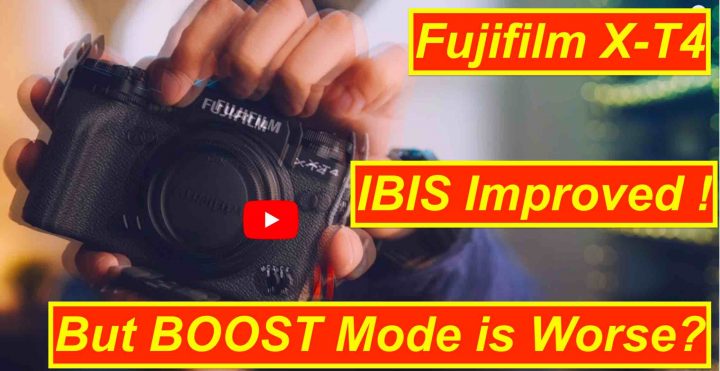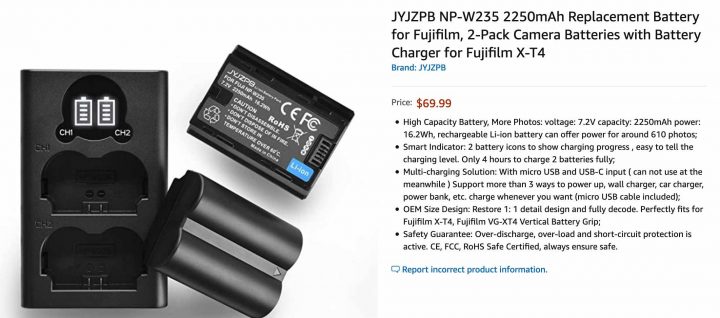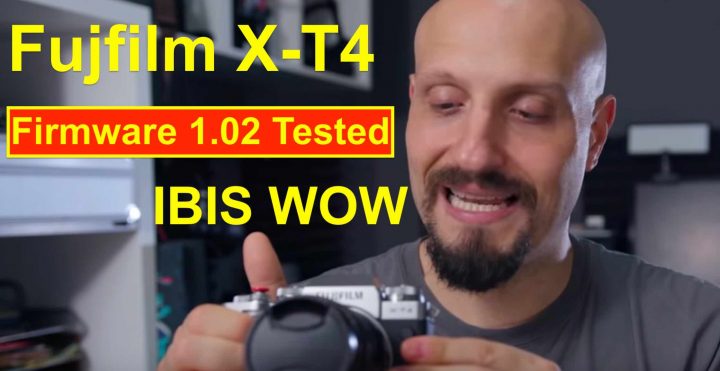
UPDATE: I have just been contacted by FR-readers, and I have been told that the latest firmware 1.02 for Fujifilm X-T4 improved autofocus during video with older lenses. Philip’s video was recorded before that. Would be fantastic if Philip could repeat the test to verify that.
Philip Bloom wonders, can you trust the Fujifilm X-T4 autofocus for video?
In my opinion, Philip did a great job, and this video is very helpful to figure out which lenses are best for video autofocus tracking and especially which settings are best for which lens.
Before the usual video summary, for those of you, who have no time to watch it right now, I’d like to highlight a few things from the video:
- inconsistency: Some lenses work very well and reliably (such as the XF16-55mmF2.8), other were a complete nightmare (for example XF56mmF1.2)
- settings nightmare (AF speed + Tracking sensitivity): some settings work great on a certain lens, but use the same settings on another lens, and you get totally different results. You must hence fine tune the settings differently for each lens
- older lenses: older lenses are clearly not designed for video autofocus. Newer lenses work better
- pulsing & jumping: that’s an issue that occurs with many XF lenses. On some lenses you can mitigate it a lot by changing settings
- Confusing Settings: with AF-Speed, the higher you set the number, the faster the AF speed (logical). With tracking sensitivity, the higher the number, the slower it is (not logical).
- Eye AF: can lose eye easily, especially if you wear glasses
- Internal vs External recording: Record externally, and you have terrible results. Better record internally for best video autofocus
- Overall: X-T4 is a fantastic camera (in fact his favorite camera close after the GFX100) and has all the power it needs for great video AF, but it’s the lenses that are holding it back for video AF.
I feel like lots of this is something that Fujifilm could improve via firmware update, even with older lenses, and I am confident Fujifilm will.
I personally used the XF18-55mm a lot for my teaching-vlogging, and it worked well on my X-T4. And in fact the 18-55 is one of the lenses that performed best in Philip’s tests.
Down below you’ll find the summary and the video, so you can see which lens worked best and which settings he recommends.
Philip Bloom did well to highlight all this, and of course here on FujiRumors we report about it, as I believe this is valuable feedback for Fujifilm.
FujiRumors is on Patreon, Facebook, Instagram, RSS-feed, Youtube, Flipboard and Twitter
→ Top X-T Community: Fujifilm X-T facebook group
→ Top X-T Page: Fujifilm X-T Page
The Complete Video Summary




